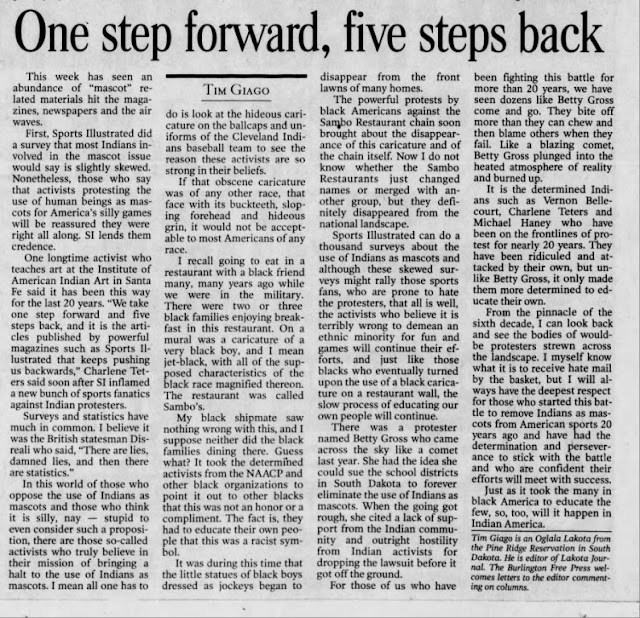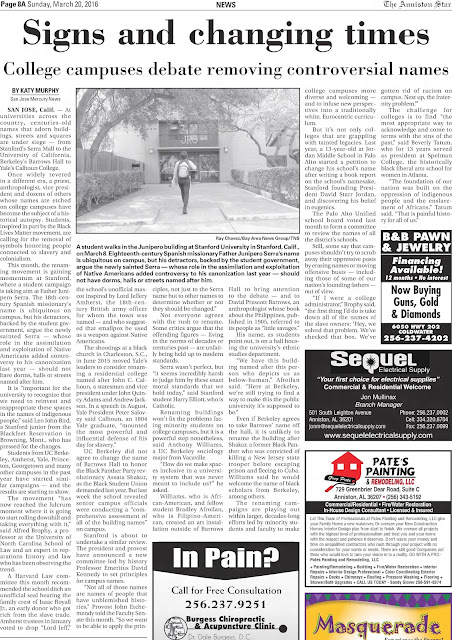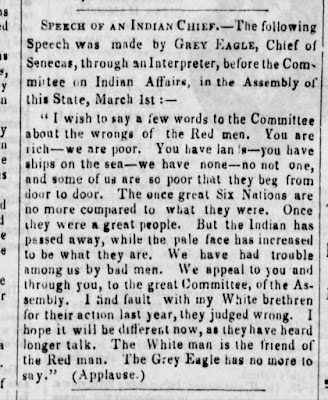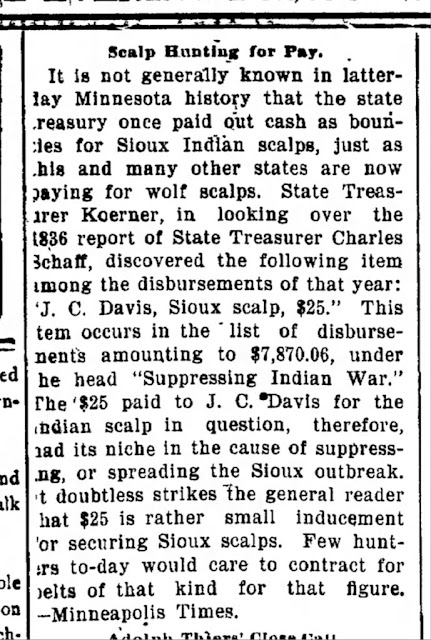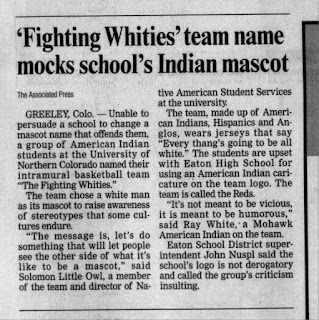'Indian wannabes' soil culture, Native American groups say 1993 March 15, Clarion Ledger Old Town, Maine - They gather in spots across New England to use the ways of Native Americans - council circles, ceremonies, sweet lodges -- as part of a spiritual quest led by self-proclaimed teachers of the old ways. There are shops that cater to these seekers, such as the Mystic Indian in Freeport, which advertises itself as "Supplier of All Your Holistic and Native American Needs," shops that, as Rene Attean, an elder of the Penobscot Nation put it, "deal in feathers, drums and old bones." But few of the seekers, the sellers or the teachers are Native Americans, and elders of the Penobscot Nation are asking that followers of what they call the New Age Movement leave their spirituality and their culture alone. "Indian wannabes," they say, are practicing spiritual genocide by taking from them what is left of the old ways



